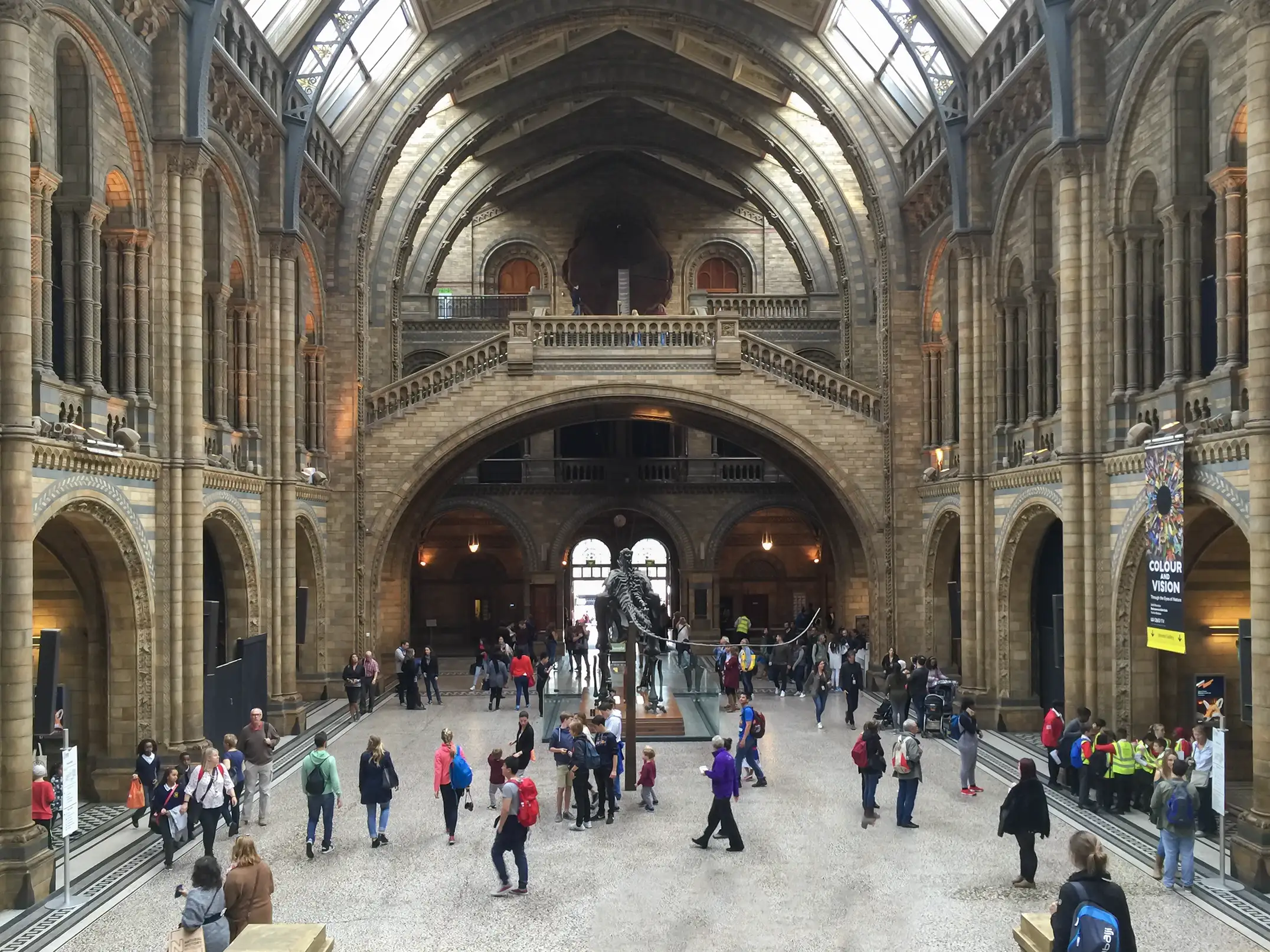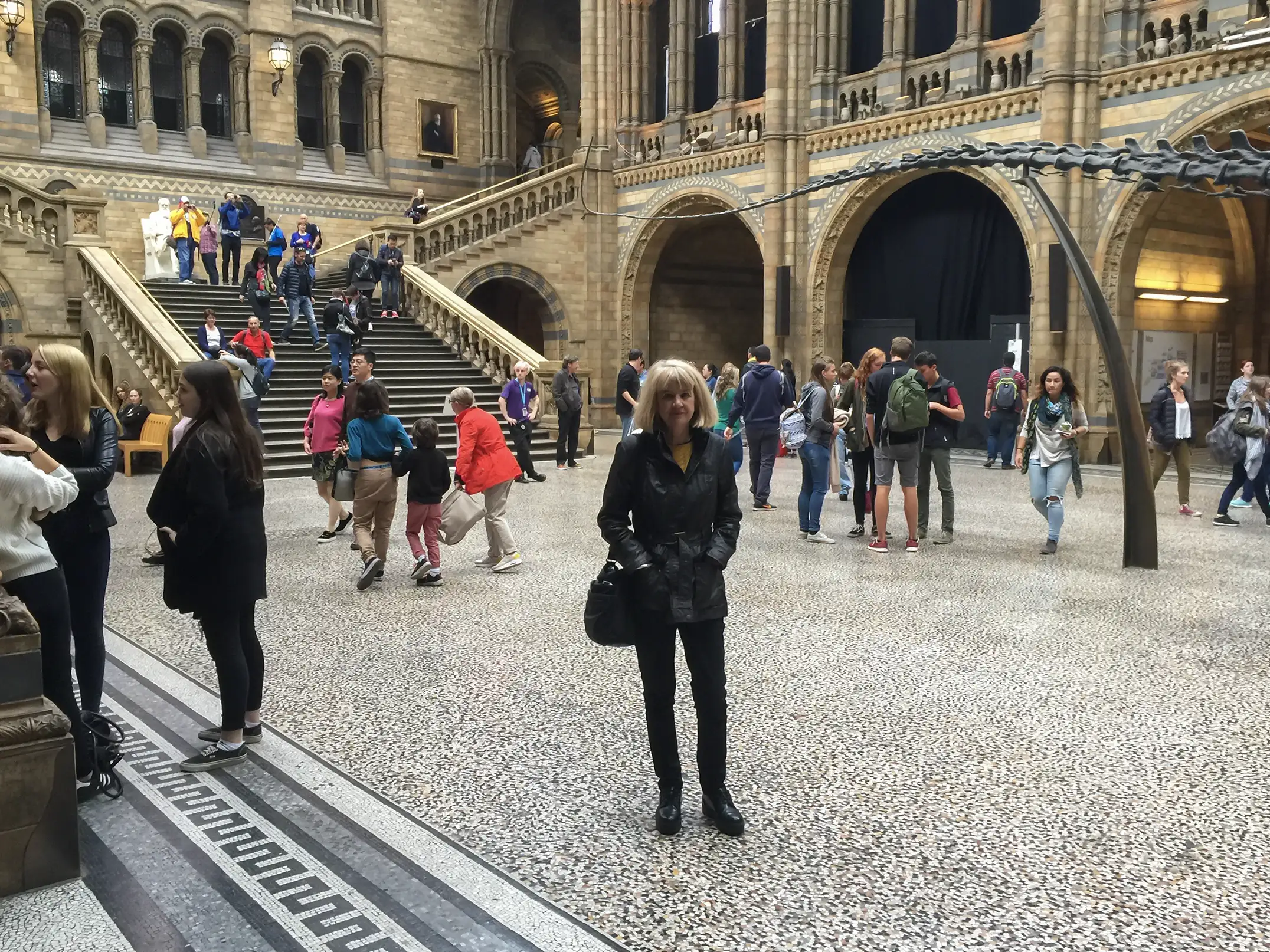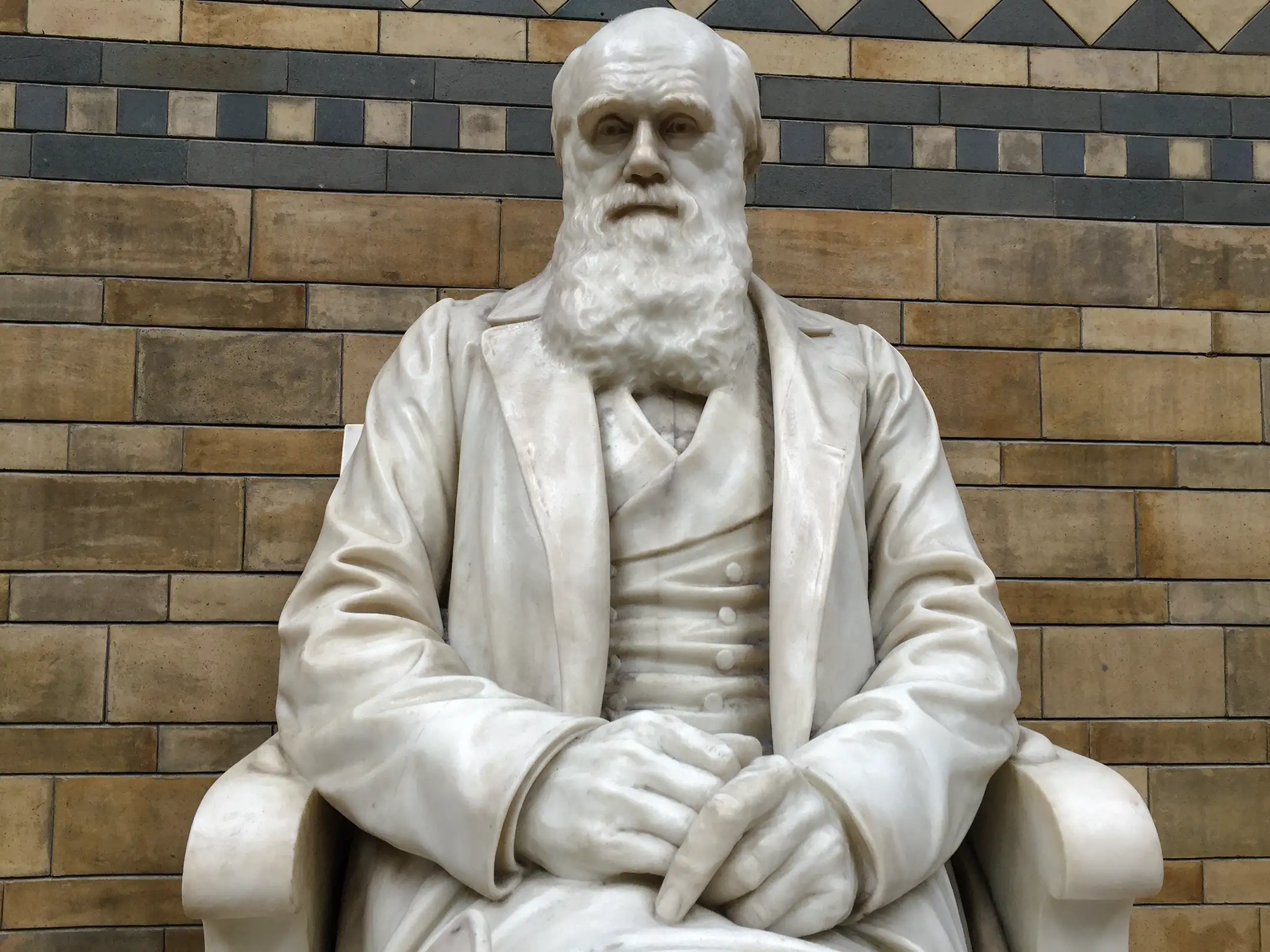The accidental Kangaroo
Life on land



Your support will assist us to continue our research and content development, the greater our resources, the more we can do.
The more we have an accurate understanding of what is happening to nature, the more we can all do to protect what remains of our living planet.
This is also an opportunity for philanthropists to be part of an ongoing project that tells independent stories about the natural world, stories that will help us to better understand what is happening to species and places on our precious planet Earth.
Note: Creative Cowboy Films does NOT have tax deductible charity status.

The Nature Knowledge Channel is a very real way you can help the precious natural world and support the work we do in creating knowledge about the natural world.
Annual membership of the Creative cowboy films - Nature Knowledge Channel gives you full access to content, stories and films, available on this website. Becoming a member of the Creative cowboy films - Nature Knowledge Channel is a very real way you can help the natural world and support our work in creating a greater understanding about what is happening to it.
A point of difference
Creative cowboy films is independent, is not funded by governments or industry, and is not influenced by their associated interest groups. For reasons of independent research and content development, Creative cowboy films does NOT have tax deductible charity status.
Life on land

The clouds of war had lifted and as an Austrian school boy living In Southern Austria, the lakes, the forests and mountains were my backyard. The joy of nature, a Salamander, a giant catfish, an array of mammals and reptiles. In those days I had my mind directed south, Africa is what I wanted to explore. So elephants and giraffes. Kangaroos were a long way from my thinking back then.
We probably drove the cleaners in the Natural History Museum in South Kensington up the wall, with our noses and little smudgy fingers pressed up against the glass as we explored the contents of endless cases and displays. No doubt leaving our smudges behind us. There were shells and insects, fossils and dioramas from prehistoric worlds. What a wonderful world of nature that was for a young child, we wanted to understand it all. Then there was the Oxford University Museum of Natural History and the now remains of its Dodo.

Fast forward to the early 1970s, Andrea and I had Africa in our sites once more and to work in the publishing businesses I was associated with. As it turned out my colleagues in England wanted us to go to the Asia Pacific for a couple of years. And so it was that we came to visit Australia for the first time, the date Christmas Day 1974.
Since that time, our central connection with Australia has been its Aboriginal and Melanesian worlds and about the plants and animals so precious to this place. The culture and nature that belongs so powerfully to Australia.
Some of the most precious moments in our lives are those spent with other animals. Learning about the diversity of animal life and filming and photographing animals is one of the most enthralling and enjoyable and creative things we can do. Kangaroos have certainly been central to our lives, watching and being with these gentle animals that are so Australian, adapted so beautiful to the habitats in which they evolved has been a remarkable journey.
Within a few months we had purchased our first rural property in the far North of Australia near the Endeavor River, followed by a property in Central Victoria that was to become our International home.
Now it is the1980s. Looking out through the French doors that ran along the living room walls and onto the long verandah that surrounded the old colonial gold rush house that was so central to our wildlife property in Victoria, we can remember the first time I saw the joeys playing on the gently sloping lawn below the house.
We had done the usual Friday afternoon trip from Sydney and then driven up from Melbourne Airport to the property 100 or so kilometers to the north-west of Melbourne to meet Andrea there.
On many such occasions we were accompanied by an international visitor, a colleague or a friend, from some distant land, which of course was totally devoid of Kangaroos.
The powerful sun was low in the dusty red sky and there, the young animals played in the evening light, their mothers’ ever vigilant. We watched enthralled as they literally skipped for joy at being out of the pouch. What a beautiful thing it was and the endless visitors to the house were equally as enthralled by it all as we were.
That was success, to get the Kangaroos back and give them the safety they needed to live their lives and develop a mob. It had taken many years to get to this point as Kangaroos were scarce in Central Victoria following the carnage of decades of shooting at every Kangaroo that hopped by, as was the habit back then.
Killing these beautiful animals for commercial purposes was finally banned, by the Victorian Government in 1982, amid of course, the usual scandals and dishonesty that surrounds these things. Sadly, the commercial exploitation of these animals is back at scale.
Chinese friendships in business and the arts were also import pats of our lives from the early 1970s on, first in the diaspora across the Asian region and later in China itself. I want all our Chinese friends to know just how wonderful dai shu are and how they touched our hearts in Australia.
A long association with Japan culminated in a life in Gifu and just down the road from our apartment the Japanese Post Office were marketing a Kangaroo promotion that told our Japanese friends that their post office was as safe and reliable as a mother Kangaroos pouch.


The first Kangaroo to be born in England emerged from its mother’s pouch in October 1793, informing Joseph Banks of the birth, the keeper of the Royal Gardens at Richmond reported the head of a young Kangaroo emerging from the pouch. By 1795 three female Kangaroos had raised young. Within a few years Kangaroos had become a feature in the great estates of British nobility.
The most eagerly sought after attractions of the time were Kangaroos, Rhinos and Armadillos. The Kangaroo was very much the centre of attention because of its gentle and endearing nature, watching a mother with her young is one of the most beautiful of all things to watch in the natural world.
Kangaroo ‘fever’ also spread to France, Jean Baptiste de Lamarck was appointed to one of two newly established chairs at the Muséum National d’Histoire Naturelle in 1793.
At this time the thinking was that Australian animals were important within a whole system of classification of life, this idea more or less coincided with the discovery of the Monotremes, the egg laying Echidna and Platypus. France’s leading zoologists of the time were convinced that Australia’s extraordinary animals were indeed worth attention.
So we tell stories about Kangaroos around the world as we work to bring some justice and peace and the right for these beautiful animals to live their lives, free of the cruelties they now endure. We even write poems for Kangaroos and Kangaroos connect us globally with people that care about these things, from the US to France, Italy, Austria and so many more. How did Kangaroos have such a powerful impact on our lives, hard to answer but the journey was worth every moment.
